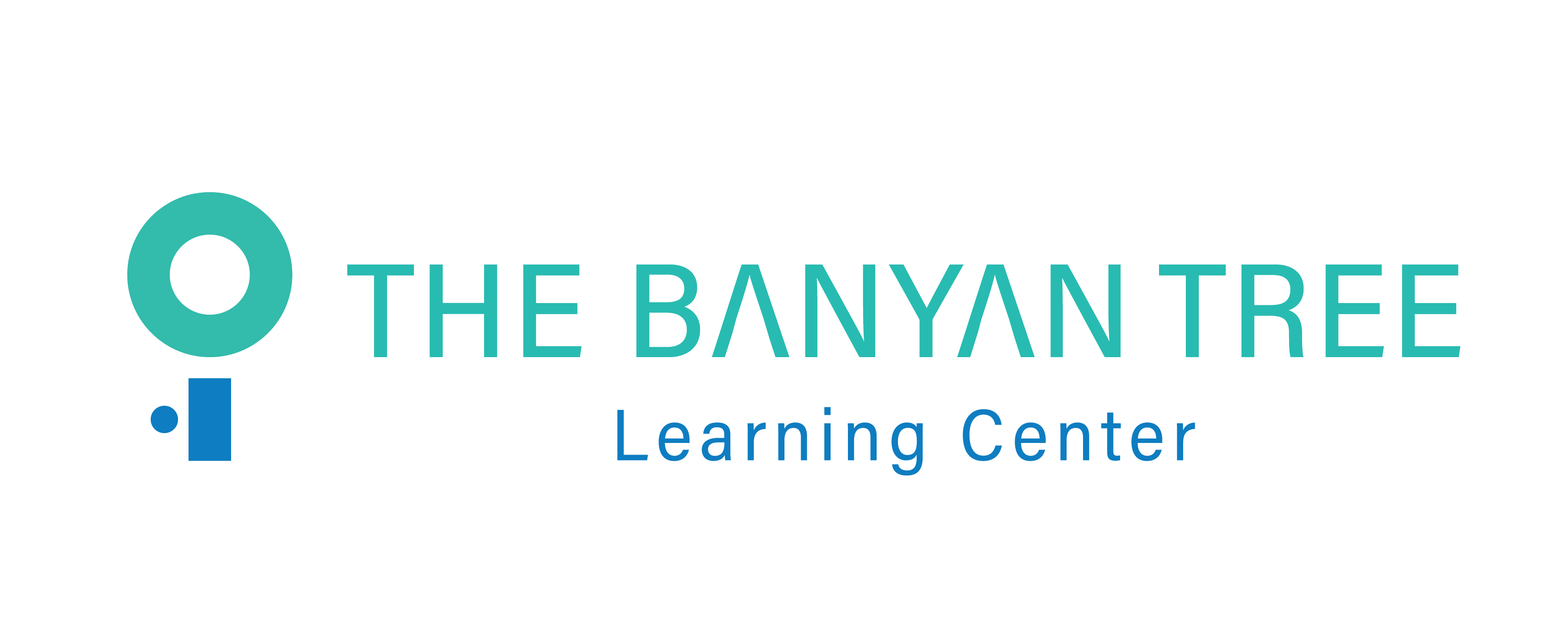Procrastination—it’s something every student experiences at some point. That nagging urge to delay homework, put off studying, or postpone a project until the last minute can feel impossible to shake. At The Banyan Tree Learning Center, we understand that procrastination is not just about laziness—it’s a challenge rooted in stress, fear, or lack of direction. The good news? Procrastination can be overcome with the right mindset and strategies.

Why Do Students Procrastinate?
Fear of Failure Many students avoid starting tasks because they’re afraid they won’t meet expectations. This fear often leads to delaying tasks to avoid confronting their anxieties.
Overwhelm A long to-do list can paralyze students, making it hard to know where to begin.
Perfectionism The pressure to do things “perfectly” can result in avoidance, as students may feel their efforts will never be good enough.
Distractions With smartphones, social media, and video games at their fingertips, students often find it hard to stay focused.
How Procrastination Impacts Students
Procrastination can lead to stress, lower grades, and diminished self-confidence. Over time, it becomes a habit that hinders personal and academic growth. But breaking free from this cycle is not only possible—it’s transformative.
Overcoming Procrastination: Actionable Strategies
Start Small The hardest part is getting started. Break tasks into smaller, manageable pieces. Completing one small step builds momentum and makes the entire project feel less daunting. Example: Instead of saying, “I’ll write my essay today,” start with “I’ll brainstorm three ideas for my essay.”
Set Specific Goals Vague plans lead to delays. Define what you need to do and when. Use the SMART goal framework—Specific, Measurable, Achievable, Relevant, Time-bound. Example: Instead of “I’ll study biology,” set a goal like, “I’ll study Chapter 5 for 30 minutes after lunch.”
Create a Study Schedule Block specific times in your day for focused study and stick to them. Scheduling creates a routine that minimizes the temptation to procrastinate.
Use the Pomodoro Technique Work in focused intervals, such as 25 minutes of study followed by a 5-minute break. This method improves concentration and makes long tasks feel more manageable.
Eliminate Distractions Identify your biggest distractions and remove them from your workspace. This might mean turning off notifications, using apps to block social media, or finding a quiet place to study.
Reward Yourself Give yourself small rewards for completing tasks. Positive reinforcement can motivate you to keep going. Example: After completing a study session, treat yourself to a favorite snack or 10 minutes of screen time.
Practice Self-Compassion Procrastination doesn’t mean you’re lazy or incapable. Forgive yourself for past delays and focus on what you can do today.
How Parents and Teachers Can Help
Encourage Time Management Help students prioritize tasks and set realistic deadlines. Teach them to use planners or apps to track their progress.
Foster a Growth Mindset Remind students that mistakes are opportunities to learn and grow. Encourage effort and persistence over perfection.
Create a Positive Environment Ensure students have a quiet, organized space to study and feel supported, not pressured, in their learning journey.
Model Good Habits Show students how you manage your time effectively. Sharing your strategies can inspire them to do the same.
A Note to Students
Remember, procrastination is a habit—not a character flaw. You have the power to change it, one step at a time. Celebrate every small win, stay focused on your goals, and trust in your ability to succeed.
Breaking Free from Procrastination at The Banyan Tree Learning Center
At The Banyan Tree Learning Center, we empower students with the tools and strategies they need to overcome procrastination and reach their full potential. Through personalized support, time-management workshops, and a nurturing environment, we help students build habits that lead to lifelong success.
Are you ready to break free from procrastination? Explore our programs and see how we can help you take the first step toward a brighter future.

Comments